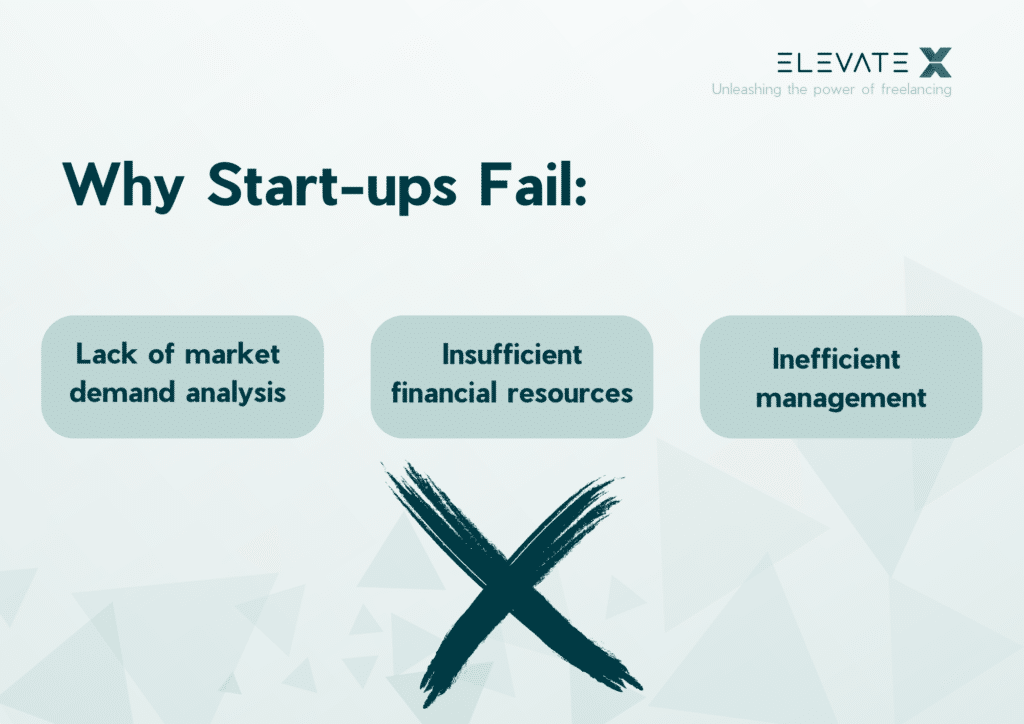In the dynamic world of startups, leadership style is a crucial factor for success. The transition from a small team to a larger company brings numerous challenges that require different leadership approaches.
Difference: 10 vs. 100-Employee Startups
The difference between a startup with 10 employees and one with 100 employees is significant. A 10-employee startup is often more agile and flexible, whereas a 100-employee startup needs a more complex structure and a formalized hierarchy. These differences affect daily operations, decision-making, and the overall company dynamics.
KEY POINTS
- Leading a 10-employee startup is characterized by direct communication and flexible roles.
- A 100-employee startup requires structured hierarchies and formalized communication processes.
- Growing team sizes increase the complexity of coordination and necessitate efficient communication strategies.
- Larger startups offer expanded resources and market penetration but also bring scaling challenges.
- A flexible leadership strategy is essential to successfully navigate the different growth phases of a startup.
How Does the Organizational Structure Differ Between Small and Medium-Sized Startups?
A 10-employee startup typically has a flat hierarchy:
- Flat Structures: Few leadership levels, direct communication.
- Flexible Roles: Employees often handle multiple tasks.
- Agility: Rapid adaptation to market changes.
In contrast, a 100-employee startup requires a clearly defined organizational structure:
- Hierarchical Levels: More leadership layers and specialized teams.
- Role Distribution: Clear task and responsibility assignments.
- Processes and Systems: Standardized procedures and IT systems to support efficiency.
How Does Hierarchy Impact Decision-Making and Flexibility?
- Decision-Making in Small Startups: Quick and informal, often through direct communication between team members and leaders.
- Decision-Making in Medium Startups: More structured, with formal processes and multi-level approvals, which can slow down speed but increase consistency.
- Flexibility: Smaller startups can react faster to changes, while larger startups take more time to adjust but are more stable.
How Does Communication Change as the Team Grows?
Communication in a startup changes significantly as the team expands from a small group to a medium-sized workforce. In a small team with around 10 employees, communication is often direct and personal. Spontaneous meetings and quick updates between team members facilitate swift and uncomplicated information sharing. Employees know each other well, fostering trust and open communication. Problems can be quickly addressed and resolved without formal processes.
However, as the team grows to 100 employees, communication becomes inevitably more complex and requires formalized structures. Regular meetings, emails, and internal communication platforms become necessary to ensure that all employees are informed and on the same page. Hierarchies develop, and it is no longer possible for every employee to have direct access to the leadership level. This necessitates filtering and channeling information, which can slow down decision-making.
Another issue that arises with team growth is the increased risk of information loss and misunderstandings. The larger the team, the more communication channels exist, and the greater the challenge of ensuring that the right information reaches the right person at the right time. Communication strategies and tools are crucial to maintain internal communication efficiency and clarity.
Additionally, the way information is shared changes. In a small team, informal conversations and spontaneous updates suffice. In a larger team, detailed protocols, well-defined communication pathways, and regular status reports are necessary. This formalized communication helps prevent misunderstandings but also requires more time and effort.
Leadership roles become more important, as leaders are responsible for promoting a consistent and transparent communication culture. They must ensure effective information flow from the top to the bottom and vice versa, supported by regular meetings, clearly defined communication processes, and the use of modern communication platforms.
Are you looking for Freelancers?
What Challenges Arise in Team Dynamics in Larger Startups?
Larger startups face significant challenges in team dynamics. Coordination between different teams becomes more complex, requiring more synchronization to achieve common goals. Maintaining a unified corporate culture becomes more difficult as the growing number of employees brings diverse backgrounds and work styles. Moreover, personal interaction with leadership decreases, risking employees feeling less valued. These challenges require targeted efforts to promote team cohesion and motivation to ensure a productive and harmonious work environment.
What Specific Challenges Are Typical for Managing 10-Employee Startups Compared to 100-Employee Startups?
10-Employee Startups:
- Resource Scarcity: Limited budget and personnel often lead to overload.
- Multitasking: Employees must take on multiple roles and tasks.
100-Employee Startups:
- Complexity: The need to manage complex processes and systems.
- Scaling: Ensuring that growth is sustainable and does not lead to internal issues.
Are There Specific Opportunities That Come with Startup Growth?
- Expanded Resources: More budget and specialized personnel.
- Market Penetration: Larger startups have more influence and can gain larger market shares.
- Innovation: Larger teams can develop and implement more diverse ideas.
How Many Startups Fail in the First 5 Years?
Statistics show that about 90% of startups fail in the first five years. The most common reasons are:
- Lack of market demand analysis
- Insufficient financial resources
- Inefficient management

Summary of Key Differences in Managing Small and Medium-Sized Startups
- Structure: Smaller startups are more flexible and agile, while larger ones require a structured organization.
- Decision-Making: Direct and fast in small startups, more formalized in larger ones.
- Communication: More informal in small teams, more formalized in larger teams.
- Challenges: Smaller startups often struggle with resource scarcity, while larger ones deal with complexity and scaling issues.
Emphasizing the Importance of a Flexible Leadership Strategy for Success in Various Growth Phases
A flexible leadership strategy is crucial to address the challenges and opportunities that arise in the different growth phases of a startup. This includes adapting the organizational structure, developing efficient communication methods, and fostering a strong corporate culture.
Conclusion
Managing 10- and 100-employee startups requires different approaches and strategies. The ability to adapt to these changes and develop a flexible leadership strategy is crucial for long-term success. At ElevateX, we help companies navigate these challenges and successfully shape the digital future.
A 10-employee startup usually has a flat hierarchy with flexible roles, while a 100-employee startup requires a clearly defined organizational structure with multiple leadership levels and specialized teams.
In small startups, decision-making is quick and informal, often through direct communication. In larger startups, formalized processes and multi-level approvals are necessary, which can slow down speed but increase consistency.
In small teams, direct and personal communication prevails. Larger teams require formalized communication channels like regular meetings and internal platforms to ensure all employees are informed.








